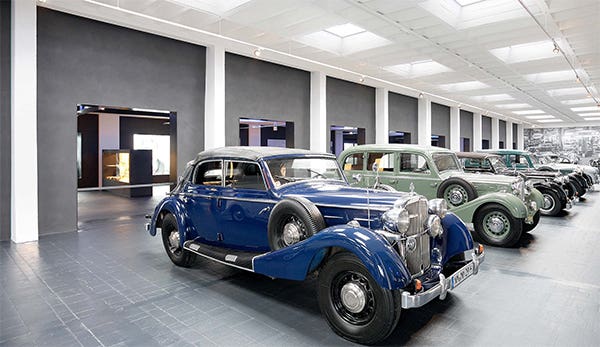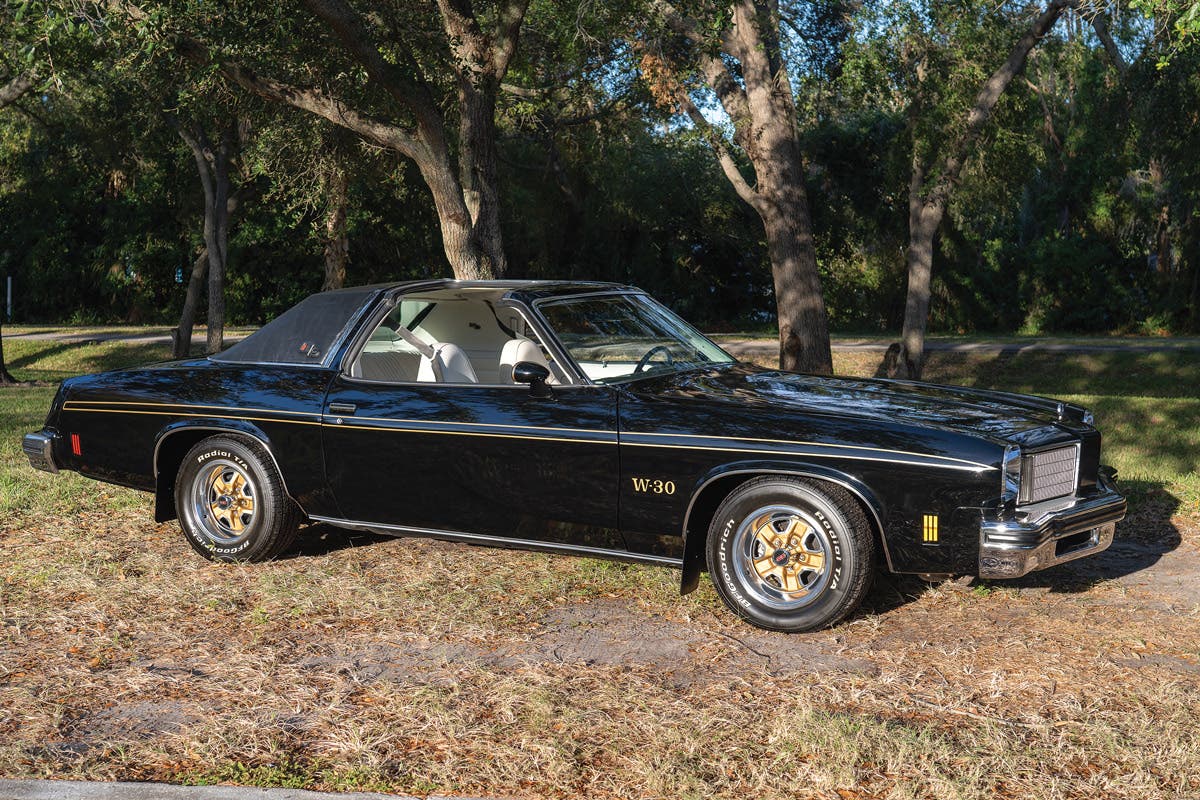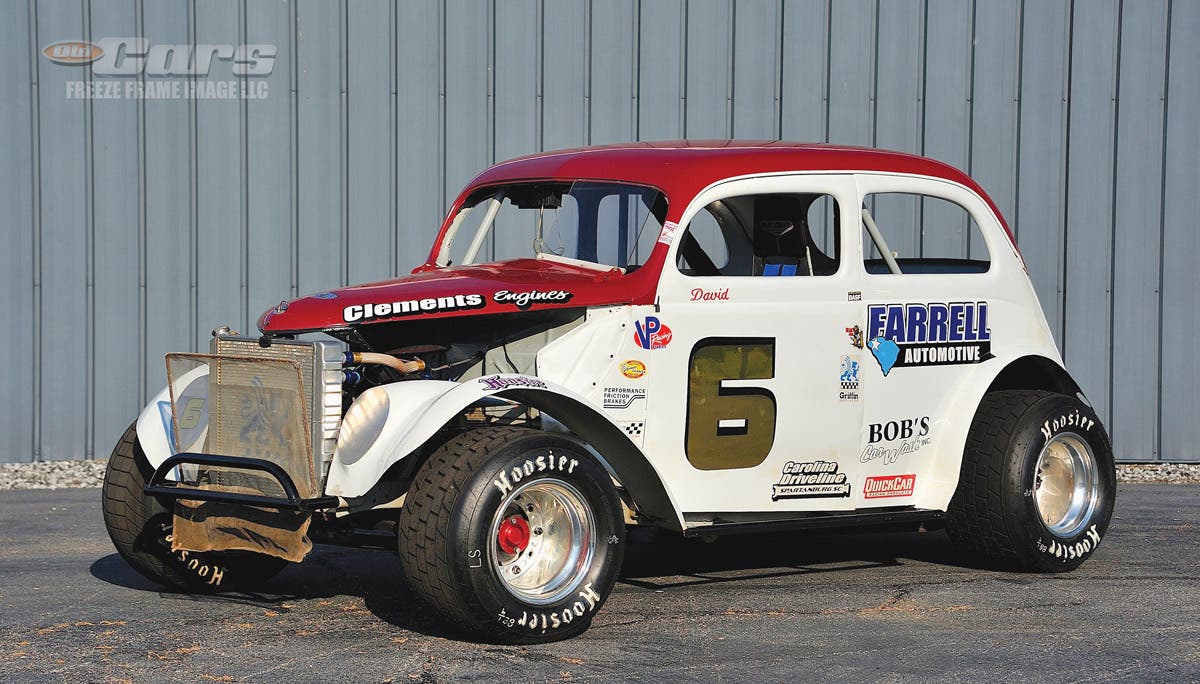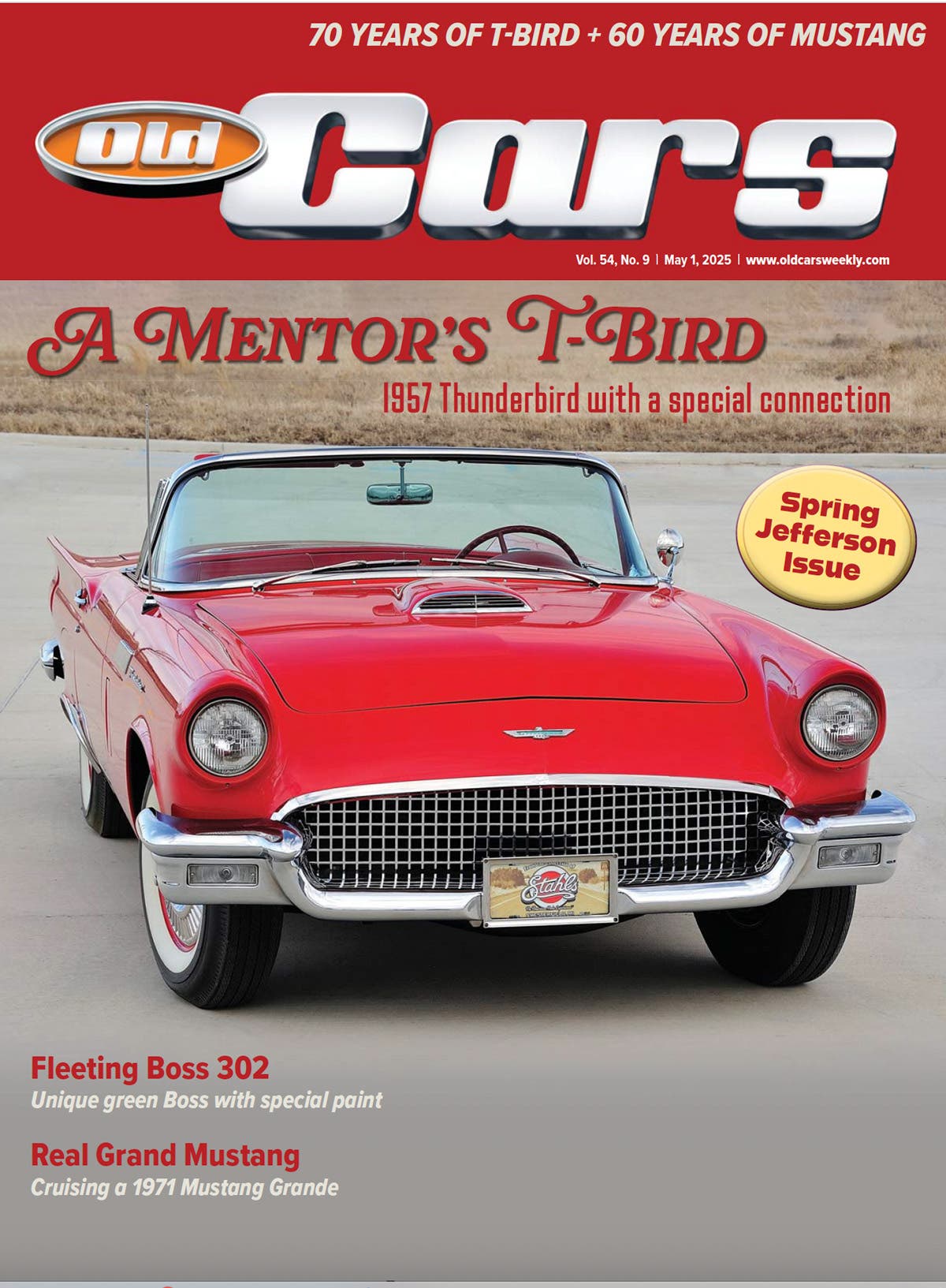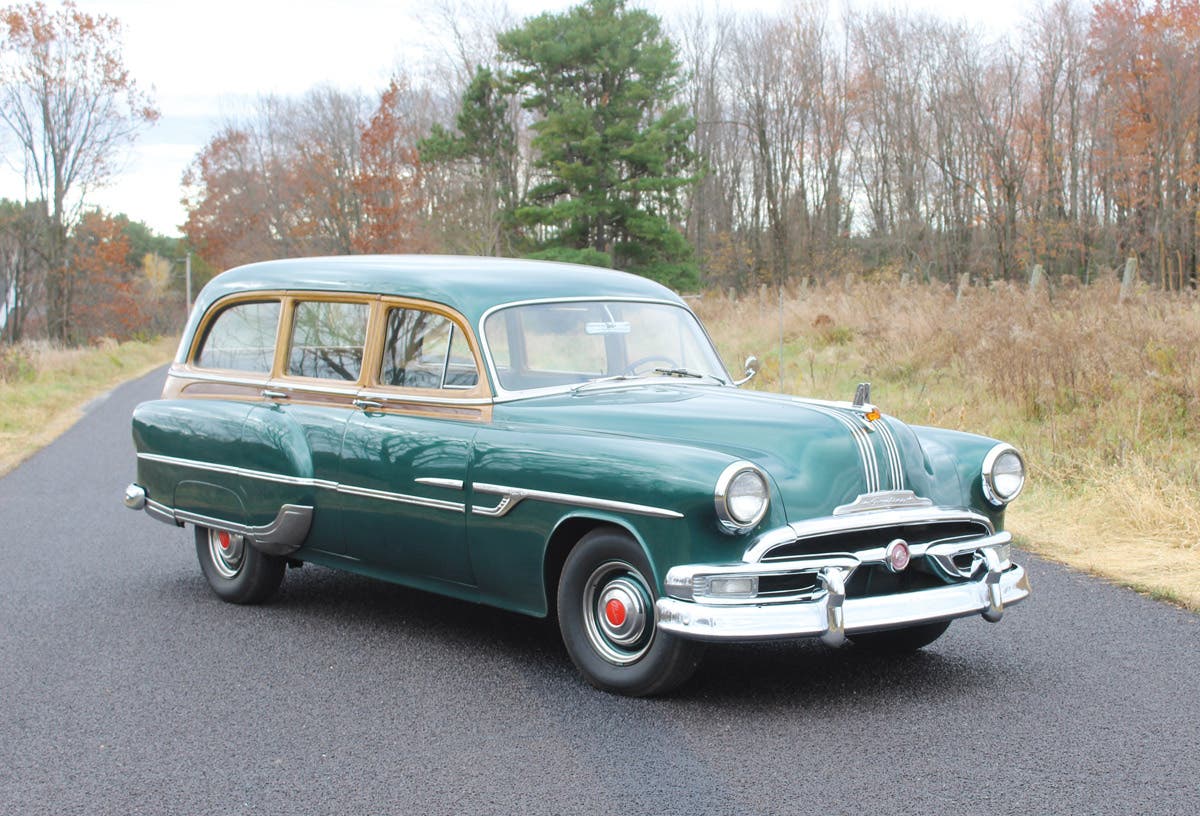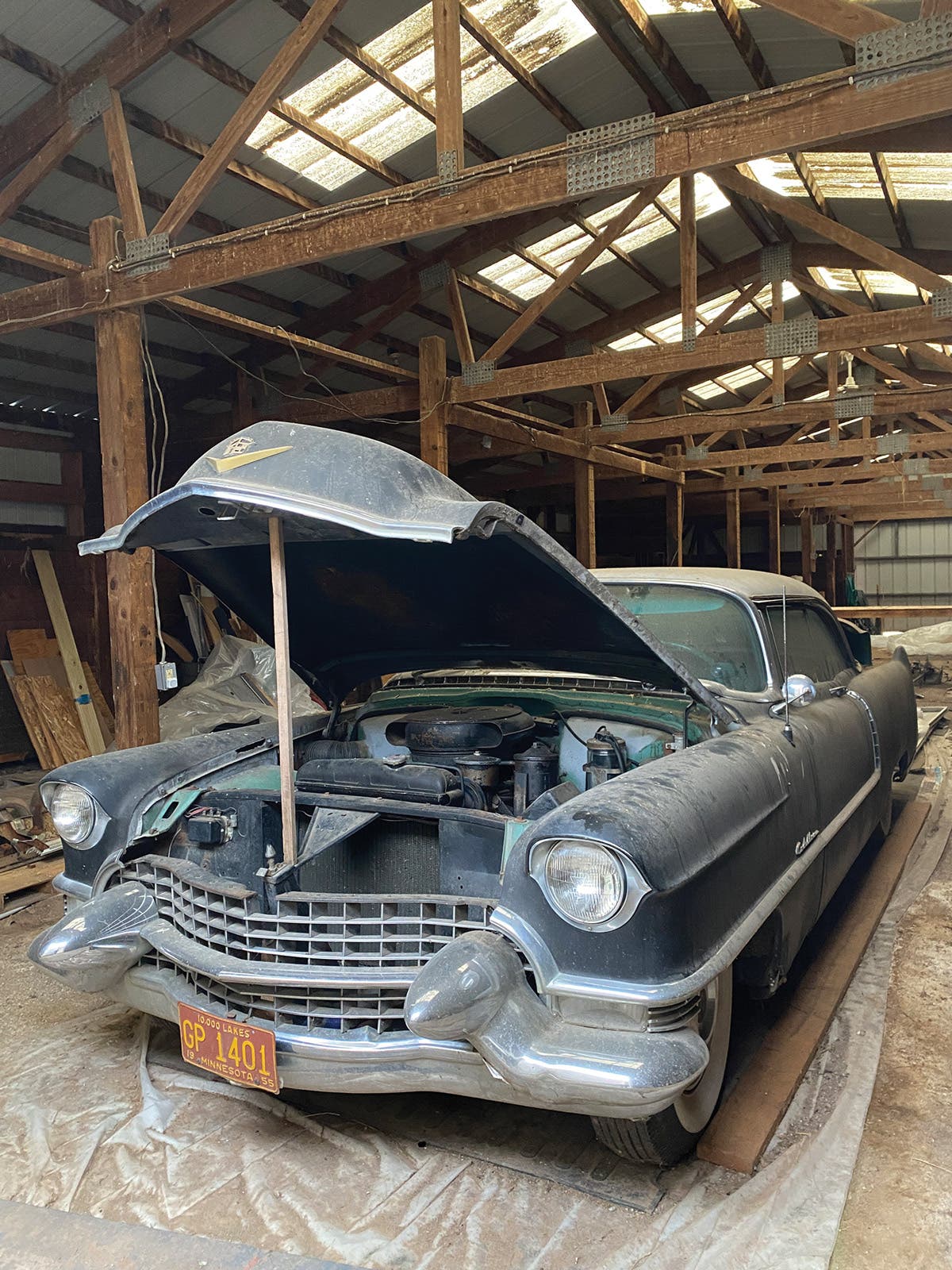1969 GTO: Return of ‘The Great One’
The times-were-a-changing in the muscle car world by 1969, but hot iron was still coming out from Detroit as fast as the assembly lines could build it. For Pontiac, that included a new vehicle called the The Judge and some new engine technology that made for a pretty awesome GTO lineup.
1969. As the polluted Cuyahoga River in Ohio caught fire, the television told us that Apollo 11 is on the moon, and the same weekend that 100,000 hippies are reveling in Woodstock, the Gulf Coast is getting blasted by Hurricane Camille. There were many highs and lows during the final year of that turbulent decade.
Pressure was also coming down on the nation’s automobile manufacturers. A new concern for the performance fan was the increasing government oversight into areas like lead-based auto pollution and consumer safety, with insurance industry underwriters focusing in the accident rates of owners who drove horsepower-laden machines; if you were a young man, things were about to get very, very expensive.
Despite all of this, hot iron was still coming out from Detroit as fast the assembly lines could build it. For Pontiac, that included a new vehicle they called the GTO Judge and some new engine technology for 1969.
Pontiac was actually trying to catch up in 1969, as the market became saturated with what had been started by this company in 1964 with the first GTO. Production figures on the GTO had stayed in the 70,000-and-above range for most of the 1960s, and what had happened in 1969 for the “goat” was options — lots and lots of options.
Take engines, for instance. All GTOs came with 400 cubes that year, and while a finicky few ordered them with the optional “low-po” 265-horse, two-barrel carb (code XX, 8.6 compression, automatic only, and no extra cost), most people stuck with the tried-and-true 400 four-barrel (WT for automatic and YS for manual, in either three- or four-speed trim) that was standard to the car. This one was rated at 350 horsepower and required premium fuel with 10.75 compression.
The next step up from the WT/YS mill was the new 366-horse Ram Air III. This engine also had a premium fuel compression of 10.75, but sported a functional fresh-air scoop layout with a cable release located under the dash, plus high-flowing D-port heads and good exhaust manifolds. The RA III replaced the old 400 HO that had been the hot one in “the Great One”since 1967.
There still was one GTO engine left. This was the Ram Air IV, the “ultimate weapon” in the 1969 production Pontiac arsenal; complete with a low 370-horsepower rating (to keep those insurance boys happy), this engine used the 10.75:1 ratio and bigger-port heads and exhausts, plus an aluminum intake, a newly designed cam with a lumpy rumble, and mandatory low gearing (3.90 and 4.33 were the only options in the differential).
Along with normal hardtops, Pontiac had also created GTO convertibles since 1964, and when we start looking at rarity, this is a investment-grade vehicle. Indeed, convertible muscle cars of all sorts have become some of the most valuable cars from this era. Due to their high initial cost, they were produced in very limited numbers, and many of those didn’t survive the ravages of time due to metal rot, hard use and poor secondary ownership and maintenance (though others were treasured by their owners from day one).
The red convertible seen here was part of Chip Wright’s stables outside of Atlanta when we shot it at the Forge Invitational Musclecar Classic a couple of years ago. Wright, who sells and displays vehicles at his business Atlanta Muscle Cars (www.atlantamusclecars.com), was the owner at that time; the car is now in a private collection. As built, this one was stacking the deck for the future collector market – a convertible with the 370-horse Ram Air IV mill, painted in code 52 Matador Red with 254 red interior and the A-code white top.
This RA IV engine is backed by a TH400 transmission, and it is optioned with the AM radio with power antenna, console-mounted 8-track player, tinted glass, rally stripes, remote left-hand mirror and Firestone Wide Oval fiberglass-belted tires on Rally II rims. You would be hard pressed to do better than this stunner, and since only 14 people had ordered the RA IV/automatic convertible combo in that summer back in 1969, you were in pretty rare company, too.
By 1970, the 455 Pontiac became part of the lineup, but according to period road tests, it lacked the snap of the Ram Air IV’s higher compression. The 1969 Ram Air IV engine package proved to be a pretty scarce option, with just over 750 built. Conversely, more than 60,000 GTOs received the standard 350-horse mill, and almost 8,500 buyers opted for the Ram Air III version. It is still considered by many to be one of Pontiac’s most radical street engines.



